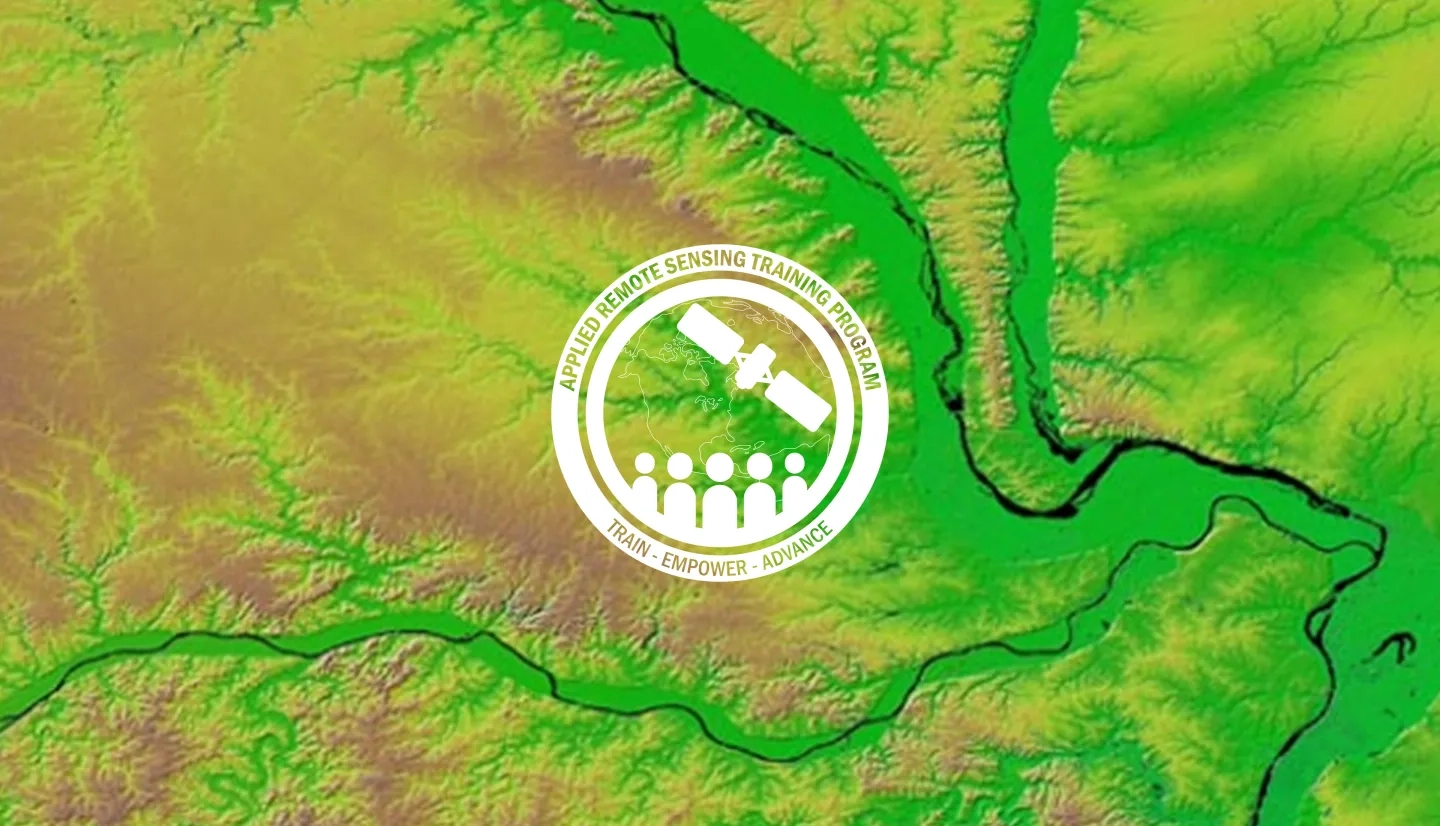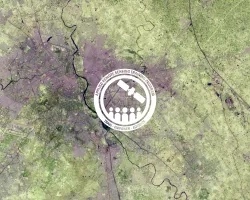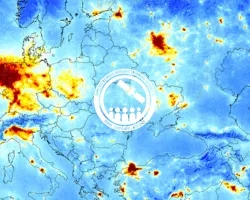Description
April 18, 2017 - April 20, 2017
Remote sensing data can help professionals manage and monitor extreme weather conditions. In this training, participants will learn how to access and analyze available NASA data relevant to flood management. This includes data on precipitation, soil moisture, inundation mapping, and elevation modeling. Participants will learn to apply data for assessing flood risk, monitoring conditions, and planning relief. Each session will include a presentation followed by an opportunity to use the data and tools covered in the presentation.
- Complete Session 1 of Fundamentals of Remote Sensing or equivalent experience
- Download and Install Python
- Download and Install Panoply (via NASA GISS)
Further information about using Panoply is available:- Panoply Orientation (via NASAEarthData YouTube, ~3 min)
- Panoply Orientation (.pdf via Earthdata)
- How to Open a netcdf File in Panoply (.pdf via Earthdata)
- Overview of Panoply Sources Browser Menu Options (.pdf via Earthdata)
- Creating a Longitude-Latitude Plot in Panoply to Visualize Datasets (via NASAEarthdata YouTube, ~3 min)
At the end of this course, participants will be able to:
- Apply open-source data and tools to flood monitoring and management
- Utilize satellite observations to evaluate extreme weather conditions, prepare for impending flooding, and plan relief activities
Local, regional, state, federal, and non-governmental organizations involved in flood monitoring and management.
- Introduction
- NASA Applied Sciences Program on Disaster Management
- About ARSET and Training Outline
- Overview of TRMM and GPM Precipitation Data
- QGIS and Precipitation Data Access and Analysis
- Overview of Digital Elevation from SRTM and ASTER
- Install and Test Python
- Terrain and Precipitation Data Analysis
- Introduction to Synthetic Aperture Radar
- Applications of SAR
- Accessing SAR Data
- Overview of the SMAP Satellite Mission
- Applications of SMAP
- Accessing and Applying SMAP Data
- Overview of Flood Monitoring and Mapping Tools
- Overview and Access of Socioeconomic Data
- Assessment for a Flood Case Study (Pre-flood monitoring, flood monitoring, and identifying impacts)
- Flood Case Analysis
- Training Summary
All data for this training is available at the Dewberry Github



